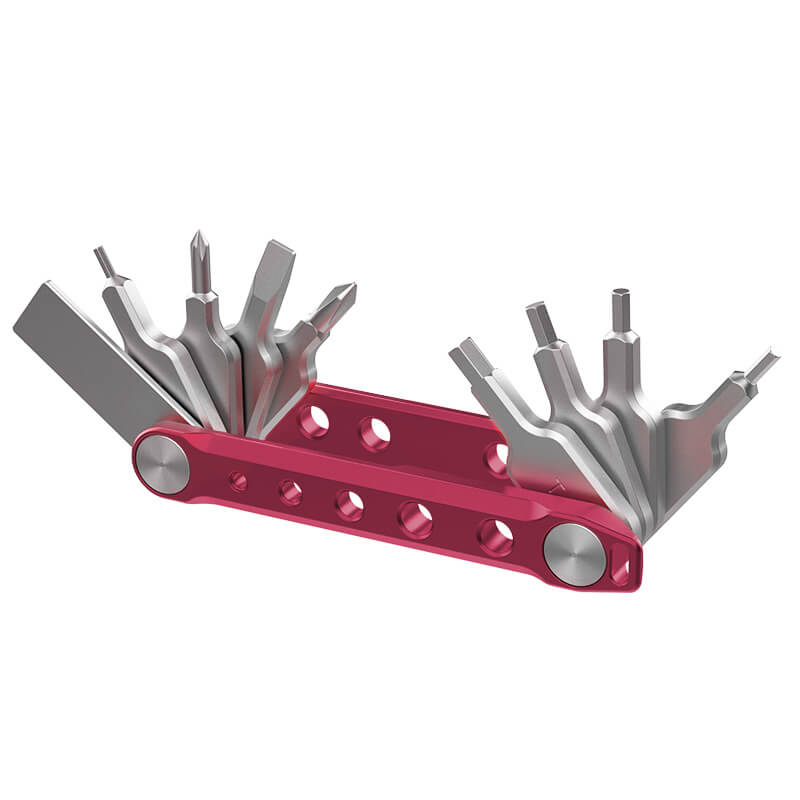A Quick Comparison Sheet:
|
Feature |
Video Tripod |
Photo Tripod |
|
Primary Use |
Videography and filmmaking |
Photography |
|
Construction |
Heavy and solid, less portable |
Lightweight and portable |
|
Head Mechanism |
Fluid head for smooth, controlled movements |
Ball head or three-way head for quick adjustments |
|
Counterbalance System |
Offsets the weight of the camera and attached gear |
Not typically included |
|
Legs and Feet |
Sturdy legs with big feet and spikes for stability |
Adjustable legs for versatile shooting angles |
|
Tightness Adjustment |
Easy-to-adjust tension settings for precise control |
Not a key feature |
|
Quick-Release Plates |
Not a key feature |
Often included for quick camera attachment/detachment |
|
Specialized Features |
Counterbalance systems and spreaders for enhanced stability |
Invertible center columns for macro photography |
|
Price Range |
Generally more expensive due to complex build and longevity |
Varies widely, offering options for hobbyists to professionals |
|
Best Suited For |
Filmmaking, interviews, live events, and weddings |
Landscape, nature, studio, portrait, macro, and still life photography |
When faced with the decision between a video tripod and a photo tripod, many find themselves in a dilemma. Each has distinct features tailored to suit different tasks-choosing incorrectly could mean the difference between professional-grade footage and shaky, unusable shots. This blog demystifies these differences and guides you on how to make the best choice for your needs.

What Is a Video Tripod?
A video tripod is a type of support system designed specifically for capturing motion pictures. It is engineered to provide the ability to make smooth and controlled movements that are essential in video production. Here are what they can offer.
1. Heavy and Solid Construction
Video tripods provide a solid and stable platform capable of supporting not just the weight of a camera but also additional filmmaking gear like external monitors, microphones, and rigging equipment, which greatly help minimize vibrations and movement that can disrupt video recording.
2. Fluid Head Mechanism
The hallmark of a good video tripod is its fluid head, which contains a precise amount of viscous fluid that creates resistance as the camera moves. This resistance allows for smoother, more controlled movements.
3. Counterbalance System
A well-engineered counterbalance system offsets the weight of the camera and any attached gear. By doing so, it ensures that the camera stays in place once positioned, even when the operator lets go of the handles, preventing the camera from suddenly tipping forward or backward.
4. Sturdy Legs with Big Feet
The big feet on these tripods can come with spikes that dig into the ground to keep it from moving, which is super helpful when you're out in nature or on uneven terrain. Plus, they have rubber covers to stop them from sliding on slick floors. These are great for shooting in all kinds of places, especially if things get a bit wild outside.
5. Easy-to-Adjust Tightness
With adjustable tension settings, you can decide how hard or easy it is to move your camera around. This means you can make sure the movement feels just right, whether you need a light touch for small tweaks or a bit more muscle for those large, sweeping shots.
6. Spreaders for Extra Steadiness
Video tripods usually offer different types of spreaders – those bars that go between the tripod legs – which really help keep everything stable. Whether they connect halfway down or sit on the ground, they make sure the tripod won't wobble or fall over, even with heavier gear or when it's breezy.

What Is a Photo Tripod?
A photo tripod is a three-legged stand designed to hold a camera in a fixed position, primarily used for photography to achieve high-quality images. Now, let's take a look at some more specific benefits they offer.
1. Lightweight and Portable
Designed to be carried easily, which is great for photographers who traverse various terrains or need to quickly change their location. Many photo tripods are made from materials such as carbon fiber or aluminum, which offer a good balance of strength and portability.
2. Flexible Head Mechanisms
Photo tripods often employ ball heads or three-way heads that enable swift adjustments in any direction, locking the camera in place instantly.
3. Quick-Release Plates
Many photo tripods come equipped with quick-release plates, which allow you to easily attach and detach your camera from the tripod. This feature saves time and makes it convenient to switch between handheld and tripod-based shooting.
4. Adjustable Legs for Versatile Shooting Angles
The legs of a photo tripod can typically be adjusted to various angles and heights, permitting shots from ground level to eye level and anything in-between. Some even invert for macro work or fold up inversely for compact travel.

Choosing Between Video and Photo Tripods
Key Distinctions Must Be Considered
- Stability and Movement: While video tripods provide unmatched stability with smooth motion for dynamic shots, photo tripods offer superior static support but lack the fluid movement capabilities for video.
- Weight and Portability: Photo tripods are lighter and more portable, making them a favorite for photographers on the go. Video tripods are heavier, offering increased sturdiness necessary for professional video equipment.
- Head Mechanisms: The fluid head on video tripods is essential for capturing smooth pans and tilts in motion pictures, whereas the ball head on photo tripods allows for quick compositional changes across various orientations.
- Specialized Features: Each tripod type comes equipped with features tailored to its medium – video tripods have additions like counterbalance systems and spreaders for enhanced stability, while photo tripods may include features like invertible center columns for macro photography.
- Price Range: Generally, video tripods are an investment due to their complex build and longevity, while photo tripods vary widely in price, offering options for casual hobbyists to professional photographers.
Making the Right Choice: Video vs. Photo Tripod
Your decision should be based on your predominant needs and the scenarios in which you'll be using the tripod:
- Assess Your Focus: Is your work mainly videography, photography, or a mix? Heavy video setups necessitate the robustness of a video tripod, whereas lighter cameras pair well with photo tripods.
- Usage Conditions: Are you shooting indoors, outdoors, traveling extensively, or need specialized shots? Photo tripods cater more to travel and still shots, while video tripods shine in stationary, controlled environments where video performance is critical.
- Budgeting: Weigh the cost against your specific needs. Frequent users should consider investing in a quality video tripod for long-term benefits, but if cost is a concern, there are many reliable photo tripods available that won't break the bank.
- Additional Considerations: Before making a purchase, hands-on experience with different tripods can be invaluable. Read reviews, watch tutorials, and consider how the tripod will serve you in future projects to ensure that your choice is not only suitable for your current needs but also adaptable for your evolving creative endeavors.

When to Choose a Photo Tripod or a Video Tripod
There are certain scenarios where a photo tripod is the better choice:
When to Choose a Photo Tripod
- Landscape and Nature Photography: Ideal for still photography like landscapes and nature where quick setup and mobility are needed.
- Studio and Portrait Photography: Great for studio and portrait work due to fast adjustability in positioning for various angles.
- Macro and Still Life Photography: Essential for macro photography where precise, close-up framing is required.
When to Opt for a Video Tripod
- Making Movies and Videos: A must-have for pro-level video shoots or filmmaking, for they keep your camera steady and help you achieve those smooth, sweeping shots.
- Interviews and On-Camera Talks: Perfect for filming interviews or anyone speaking directly to the camera. They hold your camera still so your subject stays in frame.
- At Live Events or Weddings: Recommended for live events such as weddings, where fluid motion and adaptability are key.
Find the Ideal Tripod for Your Creative Journey
The tripod you pick can really affect how well your photos or videos turn out. Video tripods are great for making those smooth, movie-like shots, while photo tripods are easier to move around and set up quickly. The key is to choose one that fits what you need, what you're comfortable with, and what you want to achieve creatively. With the tips you've got here, deciding on the right tripod should be a breeze, putting you on track to create stand-out visuals that grab attention for all the right reasons.







